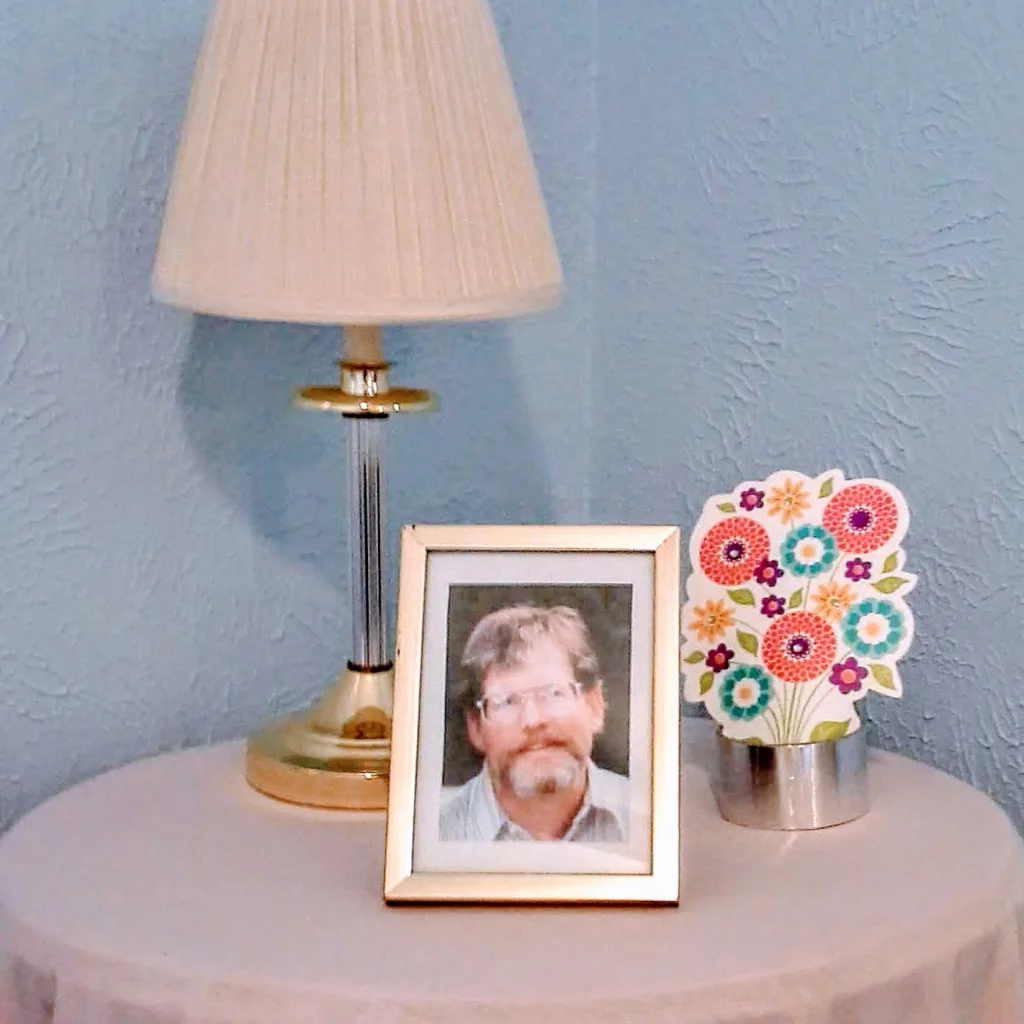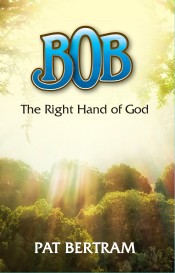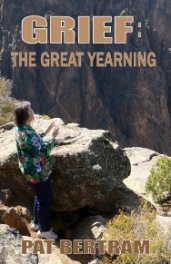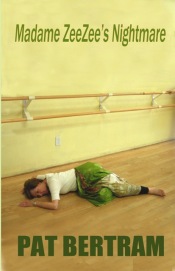During the past three or four years, I’ve often posted photos of the flowers in my yard, which made it seem as if I had a real garden rather than the truth — that those flowers were the totality of my garden. A couple of days ago, as I was showing an acquaintance around my yard, it occurred to me that this year, I actually had a real garden. There is so much to see! The wall of larkspur, of course, that planted itself where the grass died and that mesmerizes everyone who sees it.
Siberian wallflowers have made a big presence in one of my garden areas, though I’m not sure where they came from. There were a few seeds in a wildflower mix I threw out there a few years ago, but this was the first time I’d seen any of flowers. They are such a vibrant color! The pink flowers are cottage pinks, returning from last year’s planting.
At the forefront of the wallflowers are coreopsis, also returning from last year.
My yellow iris are beautiful this year.
Although they’ve been coming up each spring, they never seemed healthy, but this year, they are doing exceptionally well.
The wild roses always do well, both the yellow
and the red. Unfortunately, the flowers don’t last long, but that makes me more appreciative of them when they are in bloom.
I always try to create whimsical vignettes, such as my miniature gnome house,
and corners that come as a surprise. Gardens that can be seen at a glance are beautiful, of course, but I wanted to be able to see different things as I wandered around my yard. One of my favorite corners this year is the flamingo corner. The flamingo was a gift from a friend, and though I didn’t purposely choose colors of petunias for the planters to match the flamingo, they turned out to be the perfect choice.
In another couple of weeks, the spring flowers will all be gone, but then there will be summer flowers coming into bloom, and if not, well, there are always seeds I can plant or seedlings to purchase at the local hardware store.
It’s amazing how with a bit of persistence and a lot of luck, all of a sudden one day, a person can end up with a real garden.
***
Pat Bertram is the author of Grief: The Inside Story – A Guide to Surviving the Loss of a Loved One. “Grief: The Inside Story is perfect and that is not hyperbole! It is exactly what folk who are grieving need to read.” –Leesa Healy, RN, GDAS GDAT, Emotional/Mental Health Therapist & Educator.




































